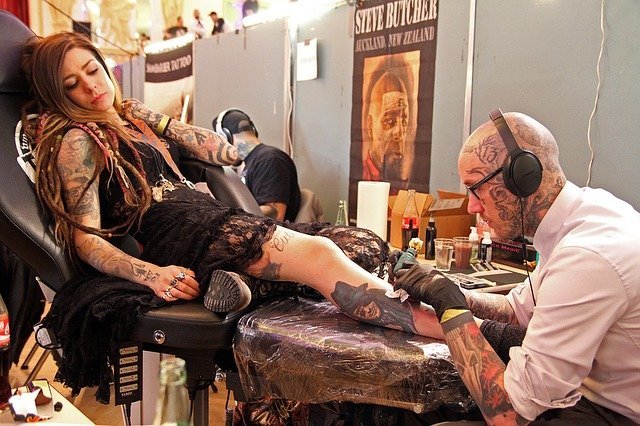While not all mold is dangerous to human health, some can cause serious illness and can even be deadly, which makes it important to know more about the different varieties.
There are over 100 000 varieties of mold, according to MoldMan.usa, which includes those found in fungi like mushrooms, yeast, penicillin and those on top of the compost heap. Some molds, however, contain a self-defense mechanism which releases mycotoxin, a substance which can be extremely dangerous to human health.
There are only 100 out of 100 000 types of molds that produce the deadly mycotoxins, and according to Blacktoxicmolds.com as much as 25% of the world’s agricultural produce has already been contaminated with it. In 2004, 125 Kenyans were pronounced dead after eating food contaminated with aflatoxins, which includes grains, milk, and meat products.
The U.S Food and Drug Administration (FDA) have implemented regulations to limit the amount of the deadly substances in our food supply, but two types of mycotoxins that are commonly known as ‘black mold’ still require regulation. Stachybotrys Chartarum and Trichothecene are the two mycotoxins to look out for, of which one of them has previously been used for biological warfare.
According to Disclose TV’s “Moldy” documentary, millions of people are suffering from serious health issues and dying from exposure to black mold, which can be found all over their homes and workplaces.
How is it formed?
Just like fungi, mold likes moisture and it reproduces through airborne spores. These spores are already present in your air vents and window cracks and can be found in your hair, clothing, pet’s hair and everyday household items. All that it needs is a bit of humidity or moisture to grow, and once it starts, it can easily spread. 
“Everyone is potentially at risk for toxic mold exposure”, confirms Dr. Mercola, also pointing out that black mold can cause headaches, memory loss, rashes, infections, respiratory problems, autoimmune disorders, and more.
Additionally, antibiotics have not been found to solve the problem, the only solution being removing yourself from toxic mold exposure.
What should I do?
Mold can usually be seen with the naked eye, even though it is difficult to differentiate between black mold, which doesn’t always have to be black in color, and other types of mold. If you are experiencing health issues and suspect that you are being exposed to mold in your home or any environment that you spend time in, you need to get in touch with a contractor that specializes in mold removal.
While the internet is flooded with advice for natural mold removal, it is best to invest in a professional service with inside knowledge to remove the problem, rather than risking things to backfire and expose you to even more toxic mold.
It is also suggested that you adopt a lifestyle of eating healthy, organic foods and drinking plenty of filtered water to keep your immune system strong, remaining vigilant to protect the health of your family as well as your own.
Sources:
https://blacktoxicmolds.com/mycotoxins-mold.php
https://moldmanusa.com/just_the_facts_maam_frequently_asked_questions_about_mold/
https://poisonousplants.ansci.cornell.edu/toxicagents/aflatoxin/aflatoxin.html
https://www.cancer.gov/about-cancer/causes-prevention/risk/substances/aflatoxins
https://medlineplus.gov/ency/article/002429.htm
https://www.ncbi.nlm.nih.gov/pmc/articles/PMC1241132/






